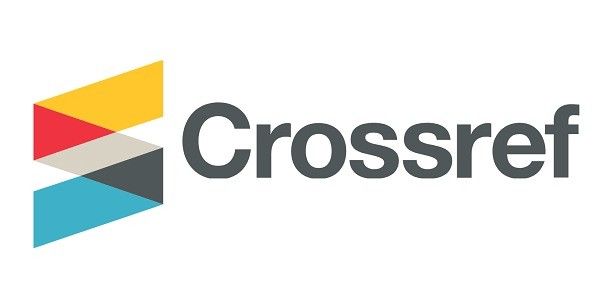Abstract
‘Performative’ is an emerging term in architectural discourse. The word ‘performative’ is able to describe spatial qualities and design approaches. The term is mostly linked to the concepts of open-form, and flexibility which are characters that give the spatial design a strategic aspect as the ability to anticipate and host predicted and unpredicted occurrences, and to adjust to future changes, which also gives architecture the character of an unfolding ‘event’ in time and in space. This paper seeks to investigate the terminological and the theoretical dimensions of the term ‘performative.’
Publication Date
1-30-2019
References
Carlson , M. (2008). Perspective on performance: Germany and America. In E. Fischer-Lichte (Ed.), The transformative power of performance: A new aesthetics (pp. 1-10). Oxon: Routledge.
Fischer-Lichte, E. (2015). Performativity and space. In S. Wolfrum & N. Frhr.v.Brandis (Eds.), Performative urbanism: Generating and designing urban space (pp. 31-37). Berlin: Jovis.
Gadanho, P. (2012). The performative turn. Retrieved from https://shrapnelcontemporary.wordpress.com/2012/02/24/the-performative-turn/
Hensel, M. (2013). Performance-oriented architecture: Rethinking architectural design and the built environment. London: John Wiley & Sons.
Kassem, A. (2017). Metaphors of performative-oriented architectures: Exhibitions, installations, interventions. Unpublished doctoral dissertation, Politecnico di Milano.
Kornberger, M., & Clegg, S. (2011). Strategy as performative practice: The case of Sydney 2030. Strategic Organization, 9(2), 136-138.
Leatherbarrow, D. (2005). Architecture's performance unscripted. In B. Kolarevic & A. Malkawi (Eds.). Performative architecture: Beyond instrumentality (pp. 5-20). New York: Spon Press.
Mairs, J. (2015, November 30). Refugee tents are a waste of money, says Alejandro Aravena. Dezeen. Retrieved from https://www.dezeen.com/2015/11/23/refugee-camps-cities-of-tomorrow-killian-kleinschmidt-interview-humanitarian-aid-expert/
Mathews, S. (2006). The Fun Palace as virtual architecture: Cedric Price and the practices of indeterminacy. Journal of Architectural Education, 59(3), 39-48.
Obrist, H. (2003). Re: CP. Basel: Birkhäuser.
Radford, T. (2015, November 23). Refugee camps are the "cities of tomorrow" says humanitarian-aid expert. Dezeen. Retrieved from https://www.dezeen.com/2015/11/30/alejandro-aravena-humanitarian-architecture-refugee-tents-waste-money-emergency-shelter-disaster-relief/
Schechner, R. (2004). Performance theory. New York: Routledge.
Signore, T. (2015). Who said performative? Towards a critical posture. In S. Wolfrum & N. Frhr.v.Brandis (Eds.), Performative urbanism: Generating and designing urban space (pp.169-176). Berlin: Jovis.
Submitted Date
2018-11-30
Accepted Date
2019-01-27
First Page
95
Last Page
106
Recommended Citation
Kassem, A. (2019). Performative Interiors: Terminological and Theoretical Reflections on the Term 'Performative'. Interiority, 2 (1), 95-106. https://doi.org/10.7454/in.v2i1.51
Creative Commons License

This work is licensed under a Creative Commons Attribution-NonCommercial 4.0 International License
Author(s) retain the copyright of articles published in this journal, with first publication rights granted to Interiority.






